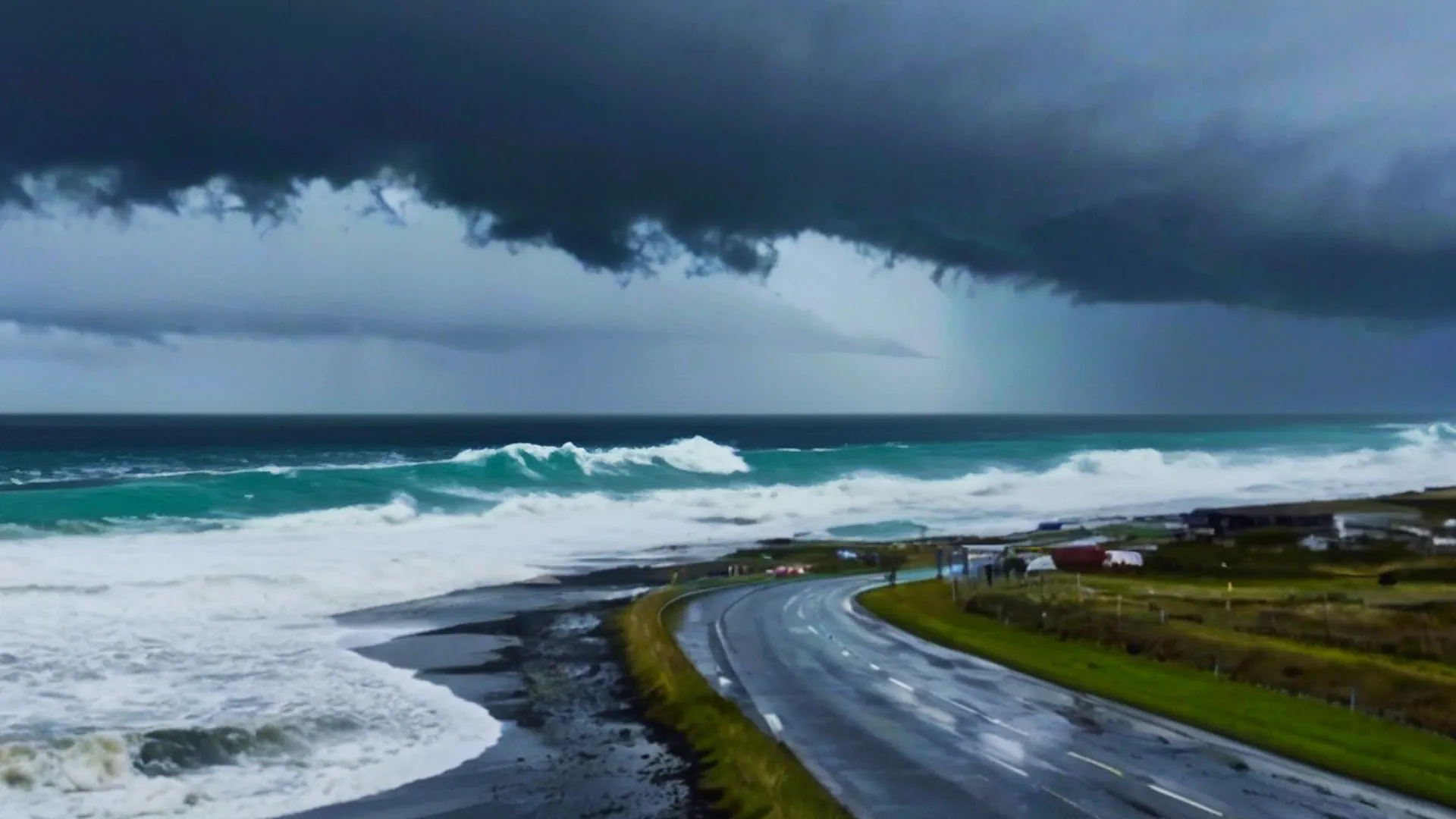
Storm Ingunn Batters Coastal Norway
Coastal areas of Central and Northern Norway are grappling with the aftermath of the most powerful storm in three decades, named 'Ingunn.' Severe disruptions have been reported in power supply, transportation links, and other critical infrastructure.
Notably, the Norwegian coastal route has faced significant challenges, affecting vessels like the Havila Polaris. The severe weather forced alterations to the route, with some ships canceling portions or remaining in port to avoid the brunt of the storm.
Life on the Norwegian coastal route has been documented, highlighting the challenging conditions faced by travelers and the impact on maritime activities. The strategic decision to dock in Bodø ahead of the storm showcases the importance of careful planning and navigational expertise.
Bodø, among the heavily affected areas, witnessed the closure of its city center as authorities issued a rare alert through the national warning system. Residents were urged to stay indoors, emphasizing the severity of the weather, which had escalated with the addition of snow.
The storm has effectively split Norway, with the closure of the E6, the primary north-south highway, over the exposed Saltfjellet mountain in Nordland. This has significantly disrupted the country's road network.
Flight operations have also been severely impacted, with cancellations and delays due to high winds. Widerøe, a regional airline, cited the strong winds as the reason for disrupted flights.
Meteorologists issued a red warning, the highest level of risk, for a substantial portion of the coastline. Residents in the warned areas were advised to seek shelter and prepare for potential extended power outages.
The uncertainty in the forecast raises questions about the storm's persistence and its implications for the coming days. The situation has added challenges for the organizers of Bodø 2024, who are in the final stages of preparing for the opening ceremony amid the ongoing weather turmoil.